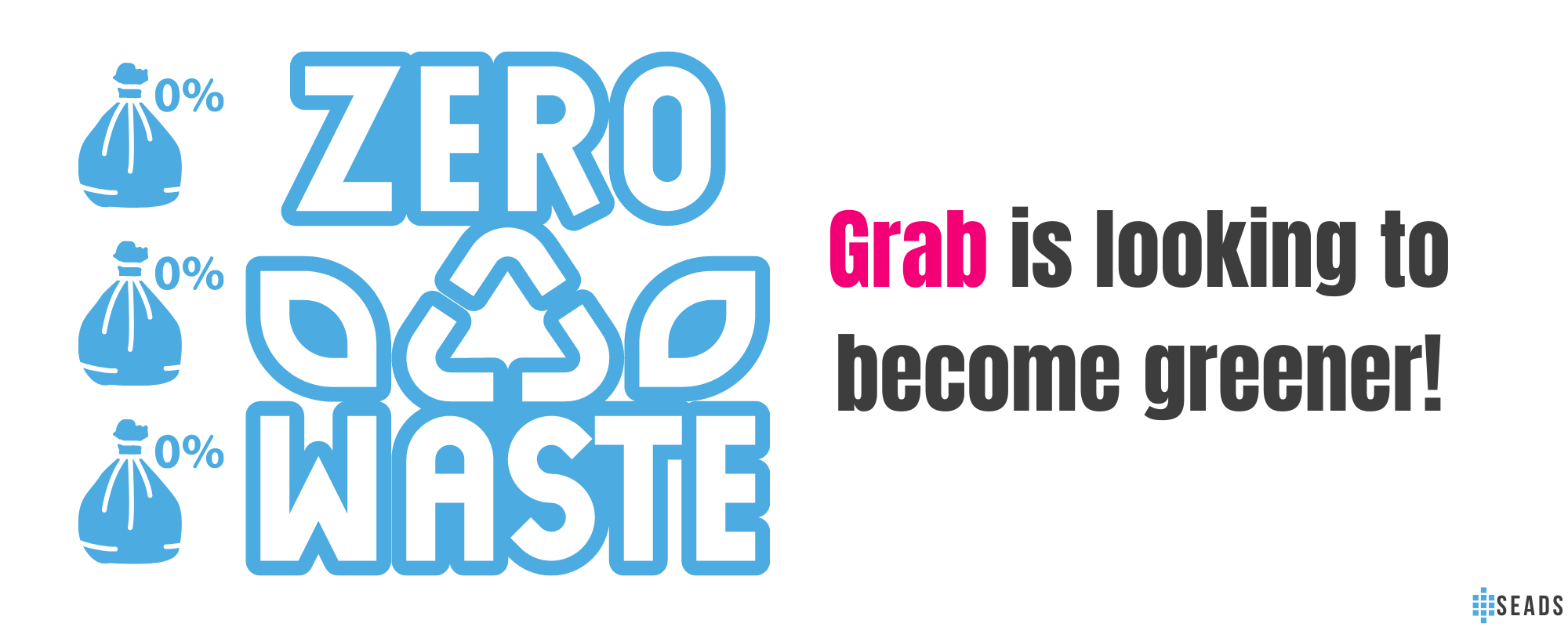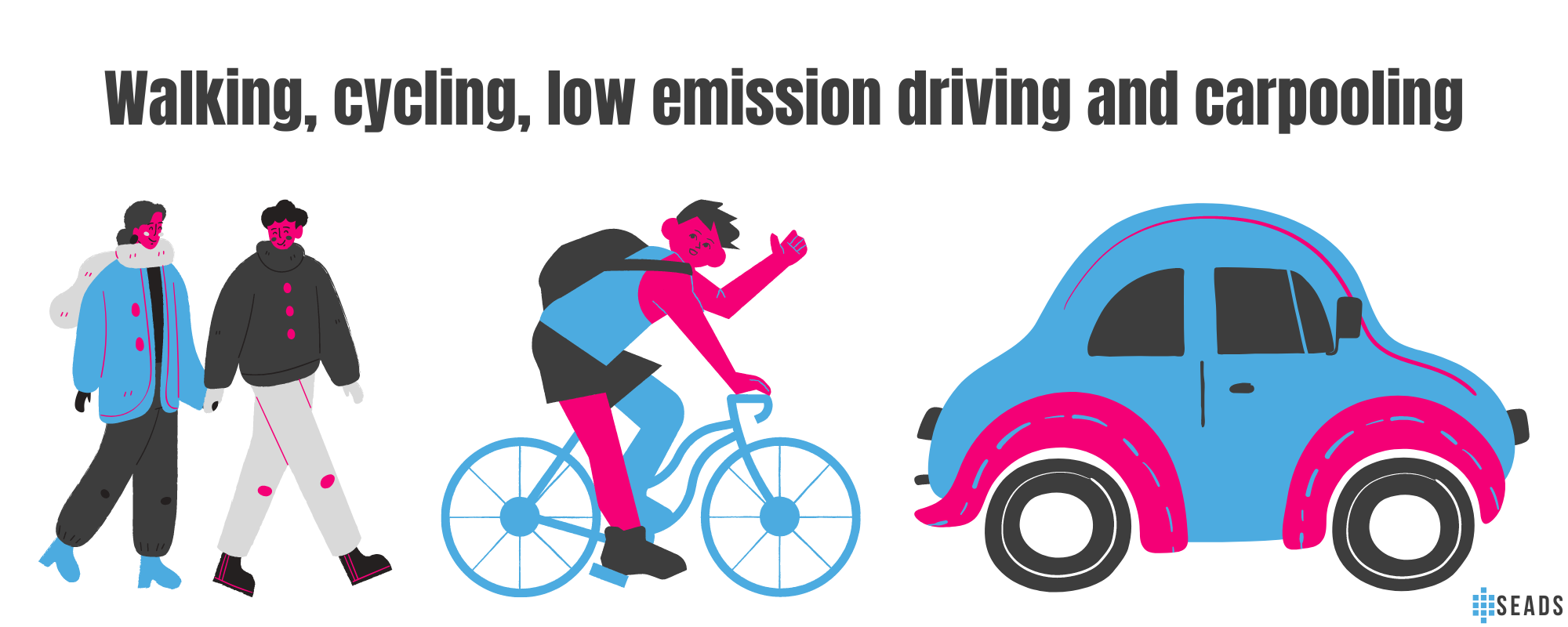Singapore-based ride-hailing and delivery giant Grab has set an ambitious target to achieve zero packaging waste by the year 2040 in Southeast Asia. In its ongoing efforts to contribute to the preservation of the region’s lands and oceans, Grab aims to reduce its plastic footprint and find sustainable solutions throughout its value chain.

Since 2019, Grab has been actively encouraging its customers to reduce the use of single-use cutlery by providing alternative options through its app. Now, the company is taking its sustainability initiatives to the next level with a two-phase plan.
Phase 1 of Grab’s plan, set to be in progress until 2030, will focus on minimizing overpacking and adopting compostable materials as alternatives to single-use plastics. The company aims to divert 30% of plastic packaging during this phase. Currently, Grab’s plastic footprint amounts to approximately 69,660 tons, largely attributed to items like food containers, plastic bags, lids, and sauce packets, which constitute about 70% of plastic items used.
In Phase 2, Grab will concentrate on implementing reusable packaging and enhancing waste collection systems. This long-term strategy aims to ultimately achieve the goal of zero packaging waste by 2040.
Cheryl Goh, Grab’s Group Head of Marketing and Sustainability, acknowledges the inherent plastic waste generated by their app-based operations. She emphasized Grab’s commitment to making proactive changes and finding sustainable ways to improve the value chain. This transformation will be accomplished through collaboration with various stakeholders, including regulators, waste management firms, packaging manufacturers, merchants, and consumers.
Grab’s sustainable goal aligns with its 2022 Environmental, Social, and Governance (ESG) report, which also includes the target of reaching carbon neutrality by 2040. Notably, the majority of Grab’s emissions, around 98.2%, come from Scope 3 sources, primarily attributed to riders during delivery operations.

Through the implementation of alternative delivery modes, such as walkers, cyclists, low-emission vehicles, batch deliveries, and carpooling, Grab managed to reduce emissions by 48,000 tons in 2022. Additionally, the company proudly claims to be the leading electric vehicle (EV) ride-hailing operator in Indonesia, having established approximately 800 battery swap stations to support EV riders.
As Grab forges ahead with its sustainability agenda, the company’s commitment to zero packaging waste by 2040 represents a significant step towards a cleaner and more sustainable future in Southeast Asia.